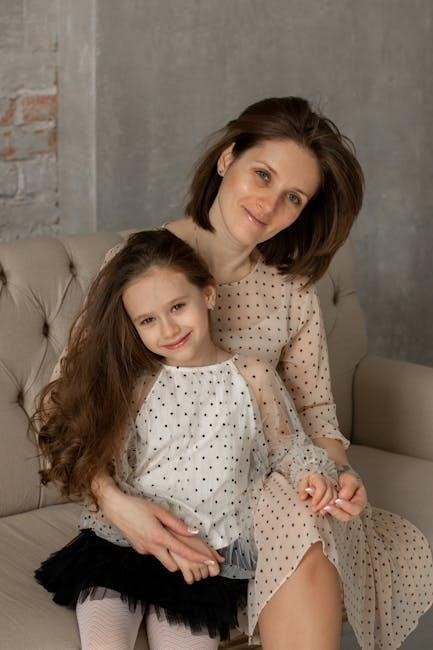
long short stitch tutorial
The long and short stitch‚ also known as needle painting‚ is a versatile embroidery technique used to create smooth‚ blended fills and realistic details in designs. Perfect for beginners and advanced embroiderers‚ it allows for stunning shading and depth‚ making it ideal for projects like flower petals‚ animal fur‚ and portraits. This stitch is the foundation of silk shading and thread painting‚ enabling artists to achieve painterly effects with thread.
1.1 What is the Long and Short Stitch?
The long and short stitch is a fundamental embroidery technique that combines straight stitches of varying lengths to create smooth‚ blended fills and intricate details. Also known as needle painting or thread painting‚ it is widely used to achieve realistic shading‚ depth‚ and texture in designs. This stitch is particularly effective for projects requiring gradual color transitions‚ such as flower petals‚ animal fur‚ and portraits. By alternating long and short stitches‚ embroiderers can produce seamless blends‚ making it a cornerstone of silk shading and modern embroidery art.
1.2 Importance of the Long and Short Stitch in Embroidery
The long and short stitch is a cornerstone of embroidery‚ enabling the creation of realistic shading‚ depth‚ and texture. Its versatility makes it ideal for both filling large areas and adding fine details. This stitch is essential for projects requiring smooth color transitions‚ such as flower petals‚ animal fur‚ and portraits. By mastering the long and short stitch‚ embroiderers can achieve professional-quality results‚ making it a fundamental technique for anyone aiming to elevate their embroidery skills and create intricate‚ visually stunning designs.
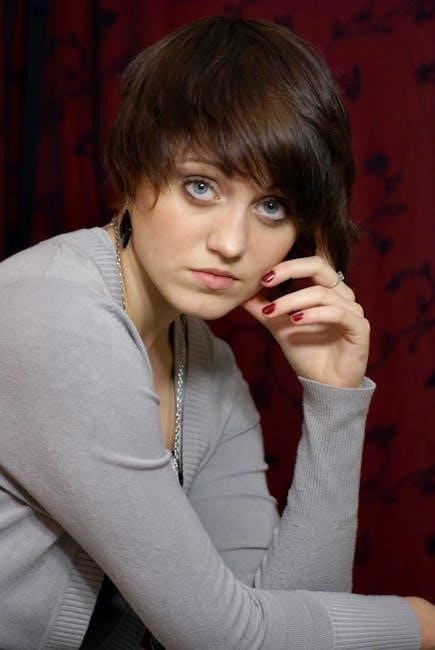
Understanding the Long and Short Stitch
The long and short stitch combines straight stitches of varying lengths to fill areas naturally. It allows for smooth blending and realistic effects‚ making it perfect for detailed embroidery work.
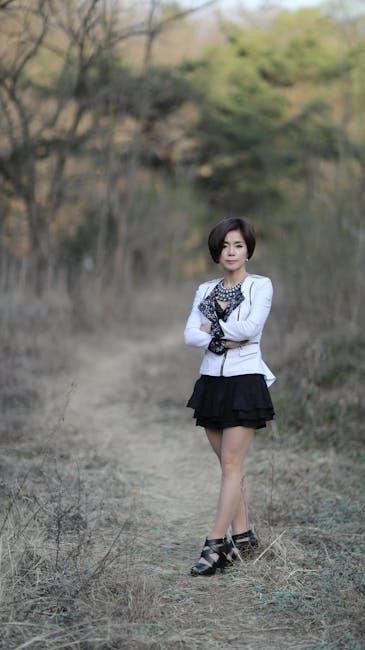
2.1 Definition and Basic Concept
The long and short stitch is a fundamental embroidery technique that combines straight stitches of varying lengths to create smooth‚ blended fills. It is often used in needle painting or silk shading to mimic the effect of watercolor painting with thread. By alternating between long and short stitches‚ embroiderers can achieve gradual color transitions and realistic shading. This stitch is particularly effective for filling large areas‚ such as flower petals or animal fur‚ and for creating intricate details in portraits and landscapes. The key to mastering this stitch lies in maintaining consistent tension and staggering the stitches to avoid visible rows‚ resulting in a seamless and professional finish. Regular practice is essential to develop the muscle memory needed for this technique‚ as it requires careful manipulation of the needle and thread to produce the desired texture and depth. Whether you’re a beginner or an experienced embroiderer‚ the long and short stitch offers endless creative possibilities for bringing your designs to life with precision and artistry.
2.2 Differences Between Long and Short Stitches
The long stitch is used to cover larger areas and create smooth transitions between colors‚ while the short stitch is employed for finer details and blending edges. Long stitches are typically placed first to establish the base‚ and short stitches fill gaps‚ ensuring a seamless look. The variation in stitch lengths allows for realistic shading and depth‚ with long stitches providing broad coverage and short stitches refining the texture. This combination is essential for achieving the desired visual effects in embroidery projects‚ particularly in silk shading and needle painting techniques.
2.3 When to Use the Long and Short Stitch
The long and short stitch is ideal for filling large areas‚ creating smooth color transitions‚ and adding realistic details. Use it for projects requiring shading‚ such as flower petals‚ animal fur‚ or portraits. Long stitches are perfect for base layers and broad coverage‚ while short stitches refine edges and blend colors seamlessly. This technique is especially effective in silk shading and thread painting‚ where realistic effects are desired. It’s best applied when you need to achieve a natural‚ painterly look with thread‚ making it a versatile choice for both beginners and experienced embroiderers.
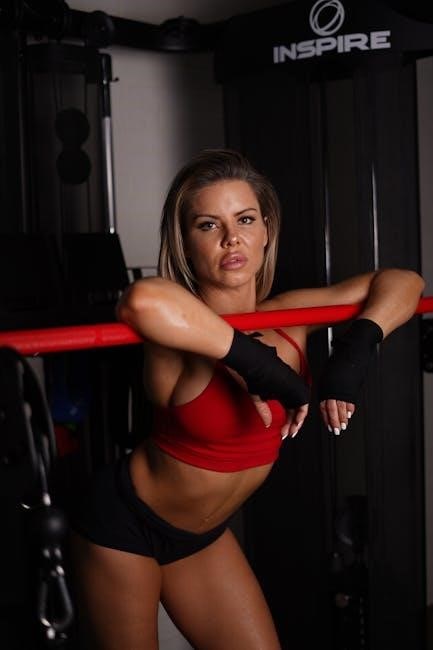
Materials Needed for the Long and Short Stitch
Embroidery needles (size 9-12)‚ embroidery floss (stranded cotton or crewel wool)‚ and fabric with a hoop are essential for mastering the long and short stitch technique effectively;
3.1 embroidery needles (Size 9-12)
A fine embroidery needle (size 9-12) is ideal for the long and short stitch‚ as it allows for precise stitching and smooth thread flow. The sharp point easily pierces fabric‚ while the large eye accommodates embroidery floss. For best results‚ thread the needle with one strand of stranded cotton or crewel wool. This setup ensures even stitching and seamless blending of colors. Using the right needle size is crucial for achieving the desired texture and detail in your embroidery work. Proper needle selection enhances control and comfort while stitching.
3.2 embroidery floss (stranded cotton or crewel wool)
Embroidery floss is essential for the long and short stitch‚ with stranded cotton being the most common choice due to its smooth‚ even texture. For a softer‚ more forgiving option‚ crewel wool is ideal‚ offering excellent blending and ease of use. Use one strand for precise stitching or multiple strands for bolder effects‚ depending on the desired look. The variety of colors available in both materials makes them versatile for creating realistic shading and depth in embroidery designs. Proper thread selection enhances the overall quality and appearance of your stitching. Always choose high-quality floss for the best results. Crewel wool is particularly recommended for its ability to create smooth transitions between colors‚ making it perfect for detailed work like portraits or animal fur. Stranded cotton‚ on the other hand‚ provides a crisp‚ clean finish that is ideal for flower petals and leaves. By experimenting with different materials and strand counts‚ embroiderers can achieve a wide range of effects to suit their projects. The choice between stranded cotton and crewel wool ultimately depends on the specific look and feel desired for the embroidery piece. Both options are widely used and respected in the embroidery community for their durability and aesthetic appeal. With proper care and storage‚ embroidery floss can last for many years‚ ensuring that your stitching projects remain vibrant and intact. Whether you are a beginner or an advanced embroiderer‚ understanding the properties of embroidery floss is key to mastering the long and short stitch technique.
3.4 fabric and hoop
The choice of fabric and hoop is crucial for successful long and short stitching. Opt for high-quality‚ tightly woven fabrics like cotton‚ linen‚ or silk‚ which provide a stable surface for stitching. Use a hoop to keep the fabric taut‚ ensuring even stitches and preventing puckering. Choose a hoop size that fits your project comfortably‚ allowing easy access to the stitching area. A smaller hoop is ideal for detailed work‚ while a larger one suits bigger designs. Always ensure the fabric is clean and dry before starting your embroidery project. Proper setup enhances stitching accuracy and overall results.

Basic Stitching Technique
Begin with the split stitch to create a smooth edge‚ then transition to the long stitch for coverage. Alternate with the short stitch for blending‚ ensuring natural‚ seamless fills.
4.1 Starting with the Split Stitch
Begin your embroidery by using the split stitch to outline the edges of your design. This stitch creates a smooth‚ defined boundary and helps establish depth. Bring your needle up through the fabric‚ split the previous stitch‚ and insert the needle back into the fabric. Continue this process along the edge‚ ensuring even spacing. The split stitch is particularly useful for curved or intricate shapes‚ as it allows for natural movement and blending. It also serves as a foundation for transitioning seamlessly into the long and short stitches;
4.2 Performing the Long Stitch
To execute the long stitch‚ bring your needle up through the fabric at the starting point and insert it back at a distance‚ creating a straight stitch. The length varies depending on the design‚ but aim for consistency. Start in the middle of your shape and work outward in staggered rows. This stitch forms the base for blending and shading. By varying the length slightly‚ you can achieve a natural gradient effect‚ setting the stage for transitioning into the short stitch seamlessly.
4.3 Transitioning to the Short Stitch
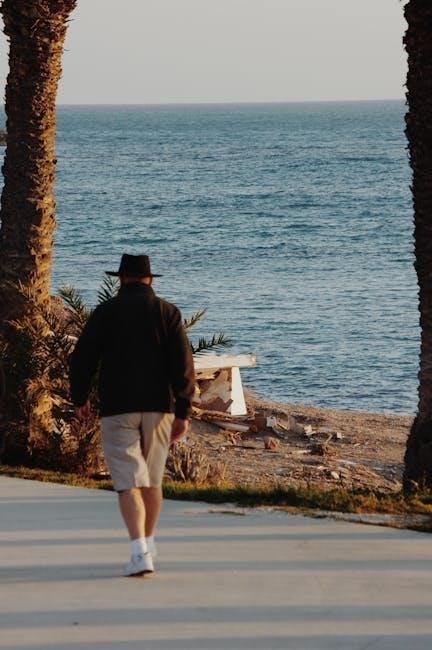
To transition to the short stitch‚ begin by working near the edge or detail area of your design. Insert the needle close to the last long stitch‚ keeping the short stitch consistent in length and direction. The short stitch should sit atop the long stitches‚ blending seamlessly without overlapping. Stagger the starting points of the short stitches to maintain a smooth appearance. This technique allows for precise detail and shading‚ enhancing the overall texture and depth of your embroidery. It’s ideal for creating subtle transitions and intricate details in your design.

Advanced Tips for the Long and Short Stitch
Mastering the long and short stitch requires practice and precision. Staggering stitches creates smooth blending‚ while consistent lengths ensure even texture. Using crewel wool enhances shading and depth.
5.1 Staggering Stitches for Smooth Blending
Staggering your long and short stitches is crucial for achieving a seamless blend. By varying the starting points of each stitch‚ you avoid visible rows and create a natural‚ fluid texture. For curved areas‚ shorten stitches to maintain smoothness. This technique is especially effective when using multiple shades of thread to produce gradient effects. Regular practice helps develop the intuition needed to stagger stitches effortlessly‚ ensuring your embroidery looks professional and polished. Consistency in stitch length also enhances the blending process‚ making your work appear more cohesive and visually appealing.
5.2 Maintaining Consistent Stitch Length
Maintaining consistent stitch length is vital for a polished embroidery finish. Aim for uniformity in your long and short stitches to ensure smooth blending and texture. Using a single strand of thread or crewel wool helps achieve consistent results. Practice on scrap fabric to develop muscle memory for even stitching. For curved areas‚ slightly shorten stitches to maintain fluidity. Regularly check your work to avoid unintentional variations in length. Consistent stitching enhances the professionalism and visual appeal of your embroidery‚ making it essential to master this skill for intricate designs and realistic effects.
5.3 Creating Realistic Shading and Depth
Creating realistic shading and depth with the long and short stitch involves layering stitches strategically to mimic natural textures and lighting effects. Use varying shades of thread to build gradual color transitions‚ starting with darker tones and blending into lighter ones. Staggering stitch lengths and directions enhances depth‚ particularly for subjects like fur‚ feathers‚ or landscapes. Practice on small samples to master smooth transitions. This technique is especially effective in silk shading‚ where it produces lifelike imagery. Consistent practice will refine your ability to create dimensional‚ realistic embroidery pieces that captivate the eye.
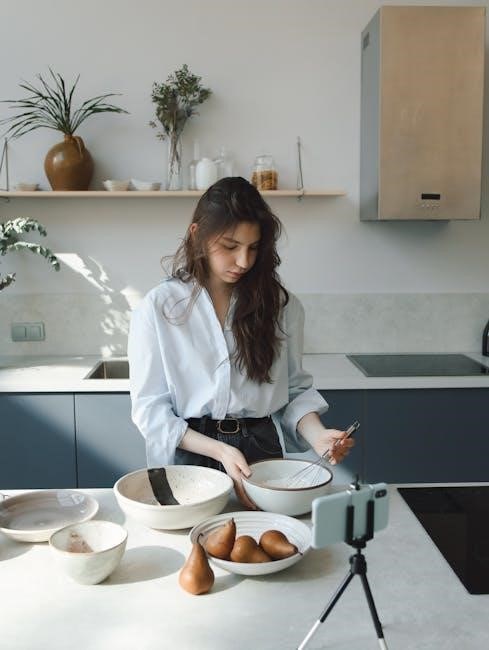
Troubleshooting Common Mistakes
Common mistakes include uneven stitches‚ gaps‚ and poor tension. Identify issues early to avoid ripping out work. Adjust stitch length and spacing for consistent results.
6.1 Avoiding Uneven Stitches
To avoid uneven stitches‚ ensure consistent tension and even coverage. Use one strand of thread for smooth blending and maintain uniform stitch length. Staggering stitches helps prevent visible rows. Regular practice improves consistency‚ and relaxed stitching reduces tension issues. Pay attention to stitch direction‚ especially on curved areas‚ and shorten stitches for smoother transitions. Avoid over-tightening‚ as it can distort fabric and create unevenness. Monitoring your work as you go ensures early corrections‚ saving time and improving results. Consistent practice leads to more even‚ professional-looking stitches.
6.2 Fixing Gaps Between Stitches
Gaps between stitches can occur if the fabric isn’t fully covered. To fix this‚ gently stretch the fabric in the hoop and ensure even tension. Identify bare spots and fill them with additional stitches‚ matching the length and angle of surrounding stitches. For larger gaps‚ add a split stitch or a small straight stitch to blend seamlessly. Regularly inspecting your work and addressing gaps early prevents the need for significant re-stitching later. This step ensures a smooth‚ professional finish to your embroidery piece.
6.3 Managing Stitch Tension
Stitch tension is crucial for achieving smooth‚ even embroidery. If stitches are too tight‚ fabric can pucker; if too loose‚ stitches may appear uneven. To manage tension‚ ensure fabric is taut in the hoop but not overly tight. Stitch with a relaxed grip‚ keeping thread taut but not pulled. Use a needle large enough for the thread to glide smoothly. Work in small sections and avoid over-tightening stitches. Regularly check the back of the fabric for even thread distribution. Proper tension ensures a flat‚ professional finish without distortion.
Projects Perfect for the Long and Short Stitch
The long and short stitch is ideal for creating realistic details in embroidery projects. It excels in stitching flower petals‚ leaves‚ animal fur‚ feathers‚ and realistic portraits‚ allowing for smooth blending and depth. This stitch is particularly effective for silk shading and thread painting‚ making it a versatile choice for both beginners and experienced embroiderers. Its ability to mimic textures and create gradients makes it perfect for intricate designs and natural-looking imagery.
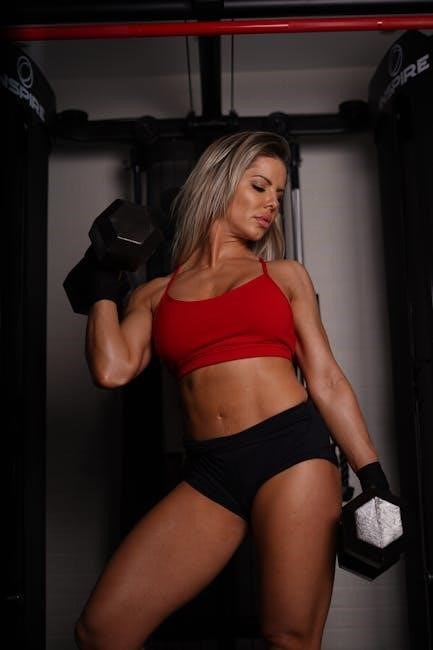
7.1 Flower Petals and Leaves
The long and short stitch is perfect for embroidering flower petals and leaves‚ as it allows for smooth gradations of color and texture. By varying stitch lengths‚ you can create realistic petal softness and leaf veins. This technique enables seamless blending of colors‚ adding depth and dimension to botanical designs. For vibrant petals‚ use multiple strands of embroidery floss‚ while crewel wool works beautifully for subtle leaf textures. The stitch’s ability to mimic natural curves and shading makes it ideal for lifelike floral and foliage embroidery‚ producing professional-looking results with practice.
7.2 Animal Fur and Feathers
The long and short stitch excels in capturing the texture and softness of animal fur and feathers. By adjusting stitch lengths and directions‚ embroiderers can mimic the natural flow of fur or the delicate plumes of feathers. This technique is particularly effective for creating realistic shading and depth in animal portraits‚ such as fur details or bird plumage. Using crewel wool or stranded cotton enhances the blending‚ making it ideal for projects like wolves‚ birds‚ or other wildlife. The stitch’s flexibility allows for lifelike representations‚ making it a favorite for animal embroidery.
7.3 Realistic Portraits and Landscapes
The long and short stitch is ideal for creating realistic portraits and landscapes‚ allowing for subtle color blending and intricate details. By layering stitches of varying lengths‚ embroiderers can achieve lifelike skin tones‚ facial features‚ and textures in portraits. For landscapes‚ the stitch excels at capturing soft skies‚ tree foliage‚ and water effects. The ability to stagger stitches and maintain consistent tension ensures smooth transitions between colors‚ making it perfect for vibrant and lifelike designs. This technique brings depth and dimension to any embroidery project‚ transforming thread into stunning works of art.
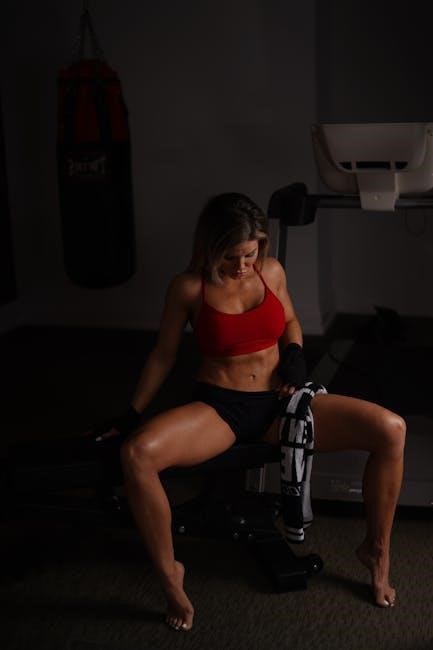
Additional Resources and Tutorials
Explore recommended books‚ video tutorials‚ and practice exercises to refine your long and short stitch skills and achieve stunning embroidery results.
8.1 Recommended Books on Silk Shading
For mastering the long and short stitch‚ consider Marg Diers’ Silk Shading book‚ offering practical tips and exercises. Elara Embroidery’s guide also provides inspiration and techniques. Both resources are perfect for embroiderers aiming to refine their skills. Affiliate links are available for easy access to these books‚ ensuring you can deepen your understanding of silk shading and thread painting. These materials are essential for achieving professional results in embroidery projects.
8.2 Online Video Tutorials
Online video tutorials are an excellent way to master the long and short stitch. Channels like Rose Hand Embroidery and App Excellence offer step-by-step guides‚ perfect for visual learners. These tutorials cover basics like stitch technique and blending‚ as well as advanced tips for creating realistic shading. Many videos are free‚ making them accessible to embroiderers of all skill levels. They also provide practice exercises‚ such as stitching flower petals or animal fur‚ to help refine your skills. Watching experienced embroiderers demonstration can significantly improve your understanding and execution of the stitch.
8.3 Practice Exercises and Worksheets
Practice exercises and worksheets are essential for mastering the long and short stitch. Many embroidery websites offer free downloadable worksheets and patterns‚ such as adorable practice printables‚ to help refine stitching skills. These exercises often focus on filling shapes‚ blending colors‚ and creating smooth transitions. Worksheets may include guided stitch placements and gradation exercises to enhance shading techniques. Regular practice with these tools helps embroiderers build confidence and achieve professional-looking results. Visit elaraembroidery.com for additional resources and exercises tailored to improving your long and short stitch technique.
The long and short stitch is a powerful embroidery technique for creating realistic shading and depth. With consistent practice and experimentation‚ embroiderers can master this versatile stitch‚ unlocking endless creative possibilities for stunning designs.
9.1 Summary of Key Points
The long and short stitch is a foundational embroidery technique ideal for creating smooth transitions‚ shading‚ and depth. It is versatile for filling large areas‚ detailing‚ and realistic effects. Key materials include embroidery needles‚ stranded cotton or crewel wool‚ and fabric. Starting with the split stitch‚ embroiderers alternate between long and short stitches‚ staggering their placement for a seamless blend. Regular practice and maintaining consistent stitch lengths are crucial. Troubleshooting common mistakes‚ like uneven stitches or gaps‚ ensures professional results. This technique is essential for projects like silk shading‚ portraits‚ and animal fur‚ making it a must-learn for embroiderers of all levels.
9.2 Encouragement to Practice and Experiment
Embrace the journey of mastering the long and short stitch by dedicating time to regular practice. Experiment with different thread types‚ colors‚ and fabric textures to explore its versatility. Start with simple projects like leaves or petals‚ gradually moving to complex designs. Relax and enjoy the process—stitching is as much about creativity as it is about technique. Celebrate small victories and learn from mistakes. With patience and persistence‚ you’ll unlock the full potential of this stitch‚ transforming your embroidery into stunning works of art.